You need to look at how well your chainsaw is ready for all your cutting needs. A top-quality chainsaw needs to be prepared to where the surface will cut through all the difficult surfaces that you might have around your landscape. You also need a sharp chainsaw if you need help with trimming through a tree or other surface. The good news is that the process of sharpening your chainsaw doesn’t have to be all that hard to complete. These are a few sensible steps that you can use for helping you to get your chainsaw ready for any intention you have surrounding how well you are trimming through surfaces.
Contents
How to Sharpen Your Chainsaw?
Plan the Sharpening Time
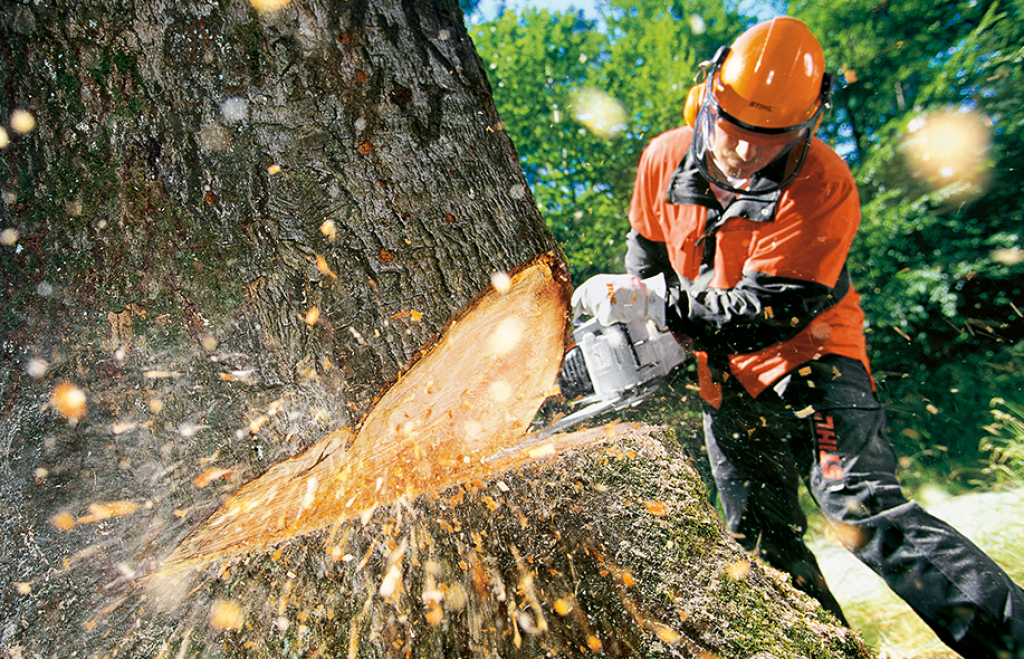
You need to look at the proper time for when you’re going to sharpen your chainsaw. A good idea will be to sharpen the chainsaw when you notice that the wood bits produced by the chainsaw are dust. A dusty material suggests that you need to get your chainsaw sharpened because the chain is too dull.
Review the Teeth
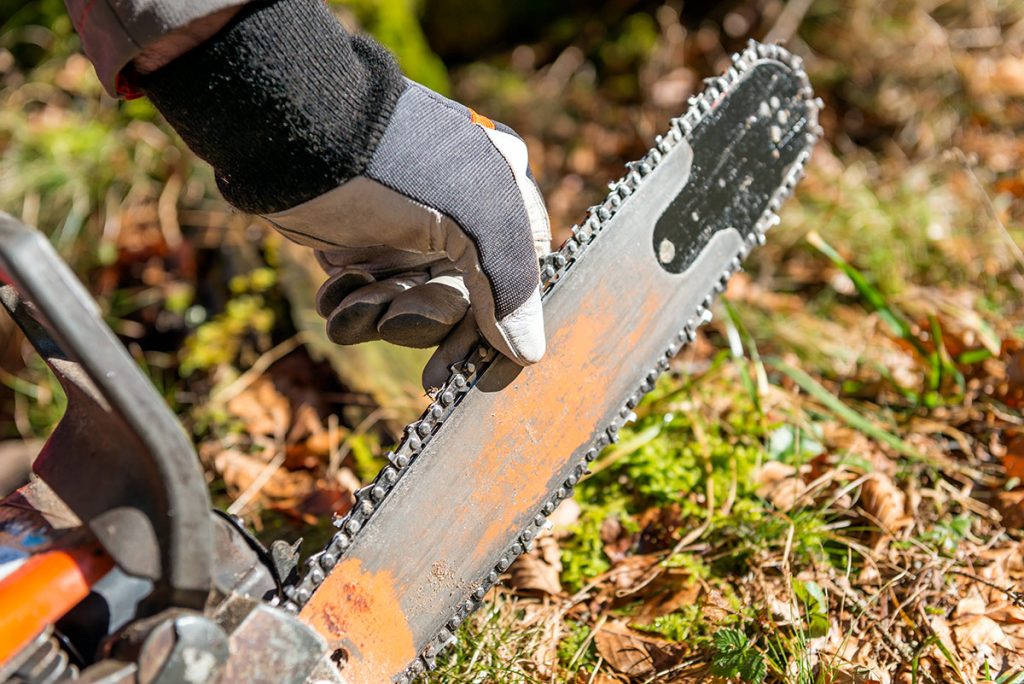
You’ll also need to take a look at the teeth on your chainsaw to see how well they are working. The teeth should be sharpened regularly to ensure they will stay functional and not tear up or wear out. You can identify the appearances of the teeth to see how comfortable they are and that the surface is working well enough.
Get the Right Materials
You’ll need a round file for sharpening your chainsaw. A file like this will need to match the cutter diameter on your chainsaw. You can find a 5/32, 3/16, or 7/32 file among other options for your convenience. You can review the requirements for your saw to see what type of round file you would require.
Whatever the case is, do not use a rattail file on your chainsaw. The file is too coarse and can hurt your chain’s cutters.
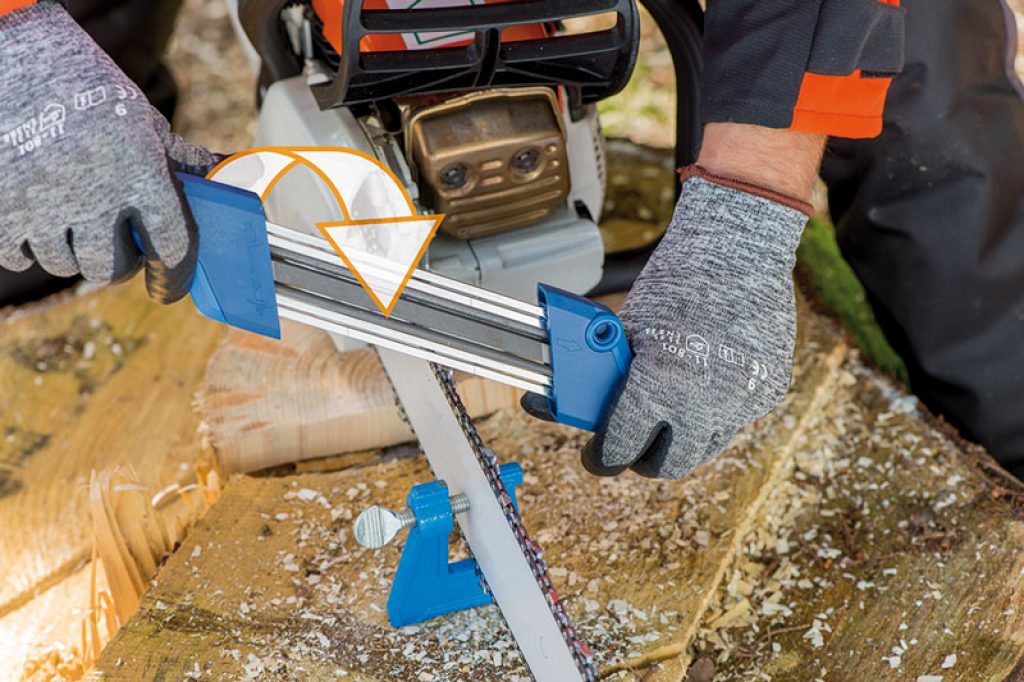
A file guide is also needed for the process. A guide will help you withhold your round file at the proper depth all around. This will let you sharpen the cutter features and keep the setup working well.
You may also require a flat file and a gauge for resetting the depth gauges if needed. The file improves upon how well the file works and that you’ve got the control you require.
Hand Protection Is Needed
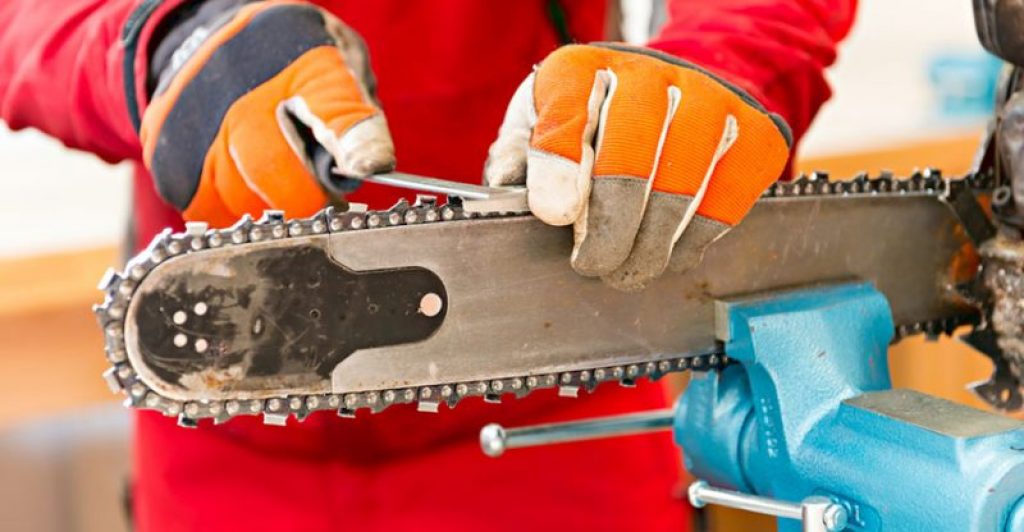
You will need sturdy gloves when sharpening your chainsaw teeth. The gloves should provide enough protection for your hands while seeing that you have enough of a grip over your chainsaw while in use.
The Sharpening Process
You can get on with the sharpening process when you have the necessary materials on hand. You’ll need to use the following steps for getting the effort to work well enough:
- Secure the chain brake and clamp the bar to your chainsaw in a vice.
- Keep the guide for the filing process between the rivets. The file guide will help you with keeping the depth intact.
- Keep on the angle from the top plate of the cutter. You will need to watch how well your sharpening setup works.
- Apply even strokes along with the teeth. Use about two or three strokes at a time. The face part of the cutter should be shiny and bright at this point.
Always be sure you perform the strokes away from your body. Move forward with the sharpening material. The effort ensures the teeth are sharpened in one direction while keeping the sharpening tool from being too dull or otherwise worn out from the effort.
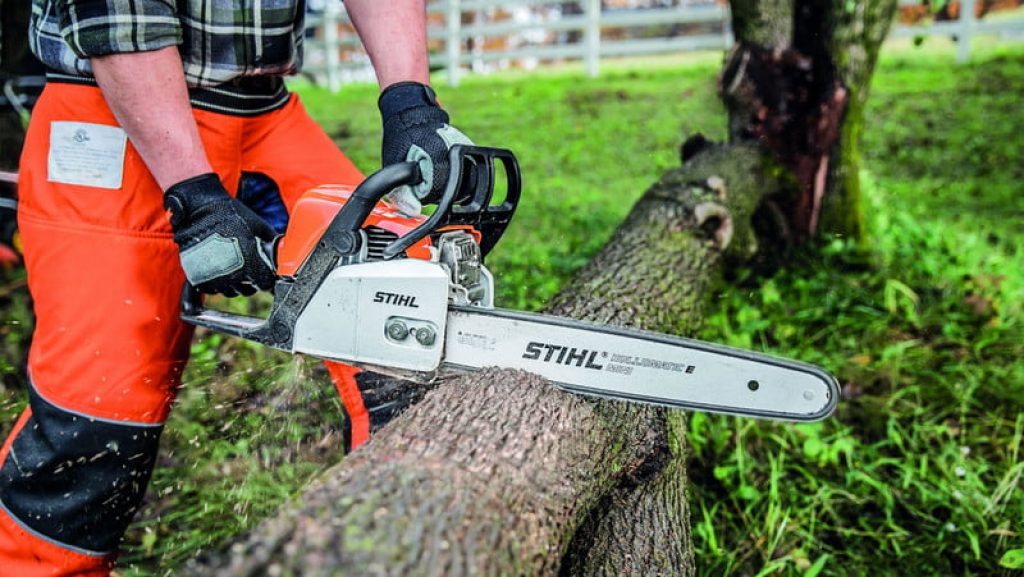
- Release the chain brake and move the chain forward by a small bit. Apply the brake once again when you reach the teeth that you need to sharpen next.
- Continue to apply strokes with your file on this part of the chainsaw. You’ll have to keep moving the chain forward as you keep working on the process.
- You must then flip the chainsaw around to sharpen the teeth on the other side. Repeat the same braking and forwarding process for this section. You have to do this to produce a consistent look on your chainsaw.
- Use your depth gauge tool to move the height of the depth gauges. You need to ensure the gauges are at the appropriate level. Keeping the gauges too high is dangerous, as this action causes the cutters to be unable to get to the wood.
A flat file should be good enough when keeping the deep gauges under control. The good point here is that the effort will keep your chainsaw from becoming worn or likely to wear out after a while.
When Should You Do This?
The best rule of thumb is to sharpen your chainsaw whenever you add fuel to it. You should have used the chainsaw well enough after a while to ensure the fuel in your setup is handled well enough.
When Do You Need to Get a New Chain?
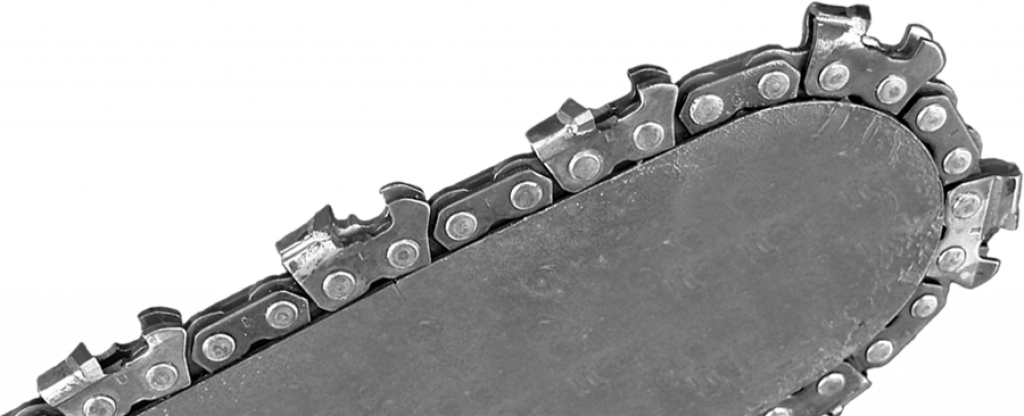
As useful as the sharpening process can be, you might need to get a new chain after a while. In this case, you would need to remove the old chain altogether. You can tell you need to get a new chain when the one you have right now is not responding well to the sharpening process. This includes something that is not helping you much with the sharpening effort by being too rough on your chainsaw.
One Last Tip
The last thing to see is to avoid keeping your chain in the dirt when using it. Dirt can cause the teeth on your chainsaw to prematurely dull. This could be a problem that makes it harder for your chainsaw to stay operational.
You will make the most out of your chainsaw when you sharpen it well enough. Take a look at the process you’re using for keeping your chainsaw sharp and sturdy. You’ll find that your chainsaw will stay working quite well if you keep the surface comfortable and ready for all the cutting efforts you want to put in.